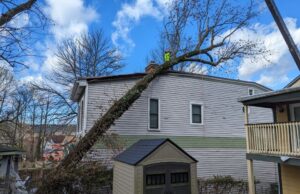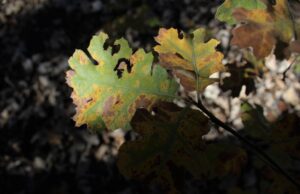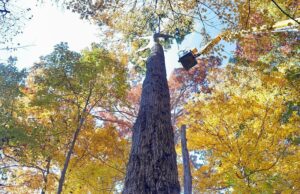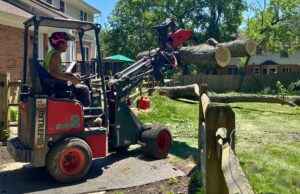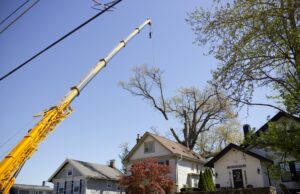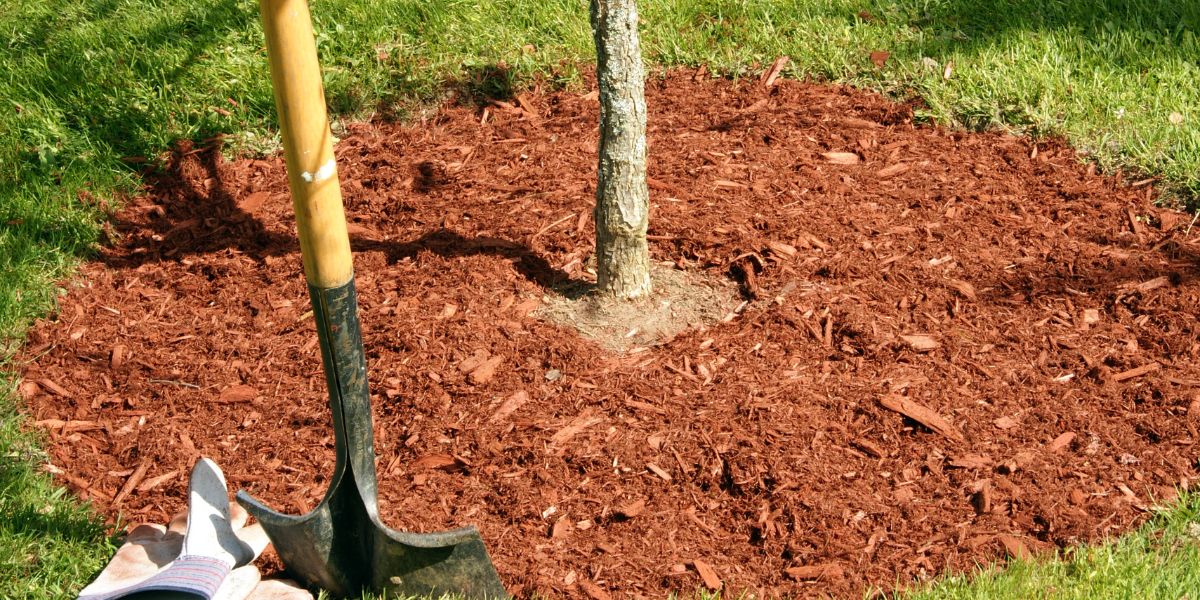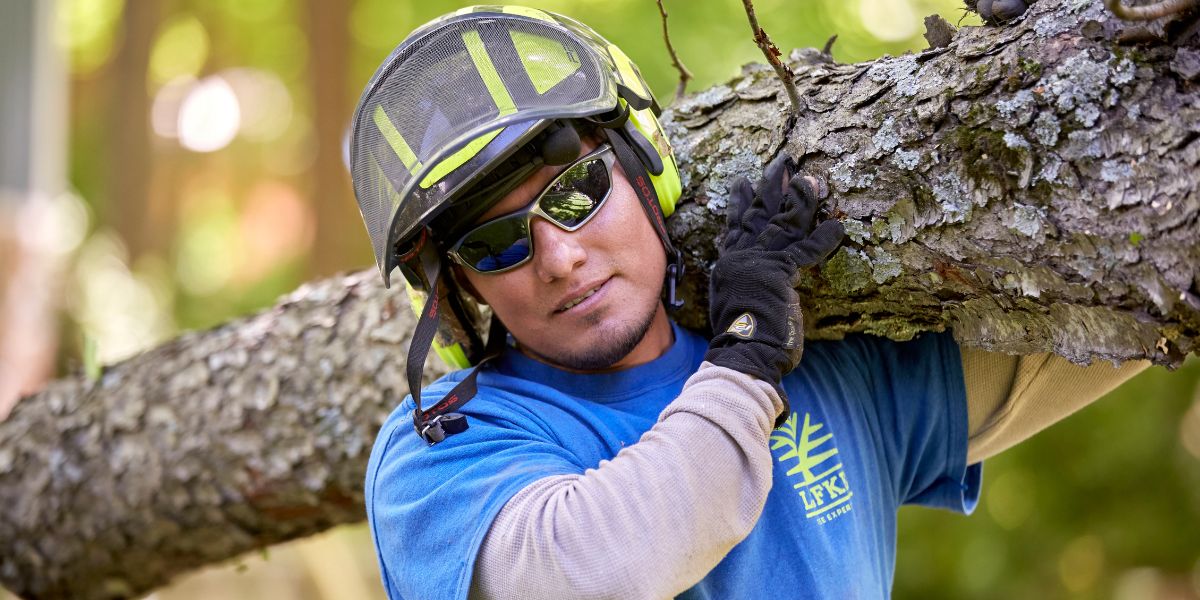Planting a tree might seem simple, but timing is everything. If planted at the wrong time, a tree can struggle with stress, poor root development, and even die – wasting your time and money. Here in Cincinnati, choosing the right season gives your new tree the best chance to grow strong and thrive for years to come. By understanding the best times to plant, you can contribute to a greener, healthier city. Here’s what you need to know.
Key Takeaways:
- Fall planting from late September through early November gives trees the best chance of establishing strong roots before harsh weather arrives.
- Spring offers a viable second option for tree planting in Cincinnati, but may require more attention to watering through the first summer.
- Summer and winter plantings significantly reduce success rates due to temperature extremes and challenging growing conditions.
- Proper planting techniques, including correct depth, mulching, and watering, are just as important as timing for long term tree survival.
Why Timing Matters When Planting Trees in Cincinnati
The success of a newly planted tree depends largely on its ability to establish a strong root system before facing extreme environmental stressors. In Cincinnati, those stresses come in many forms, from our hot, dry summers to our freezing winters. When trees are planted at the right time, they can focus their energy on root growth, rather than trying to support new leaves or fight against harsh weather conditions.
Planting at the proper time helps trees by:
- Reducing transplant shock and stress
- Allowing roots to establish and grow before extreme temperatures arrive
- Taking advantage of natural rainfall patterns to ensure new trees get enough to drink
- Giving trees the best chance of survival through their first year
- Minimizing the amount of supplemental watering needed
If you’re going to spend money on new trees, take the time to plant them at the right time to make sure your effort doesn’t go to waste.
Why Fall is the Ideal Season for Planting Trees in Cincinnati
Fall stands out as the best time to plant trees in Cincinnati, specifically from late September through early November. During this period, soil temperatures remain warm enough for root growth, while cooler air temperatures reduce stress on the above ground portion of the tree.
Community initiatives, like Let’s Grow Local, take full advantage of this ideal planting season. As Cincinnati’s largest single-day tree planting event, it has helped plant over 6,000 trees across the city, with the support of more than 200 volunteers. Efforts like these not only beautify the city but also improve air quality, provide shade, and combat urban heat. By planting at the right time, whether in your yard or as part of a community project, you’re setting trees up for long-term success.
Here’s why you should plant in the fall:
- Soil retains summer warmth, encouraging strong root development
- Moderate rainfall reduces the need for supplemental watering
- Trees can focus energy on root growth instead of leaf production
- Lower humidity means less pressure from fungal diseases
- Cooler temperatures reduce transplant stress
Since summer is usually the most stressful time for trees, thanks to long hours in direct sun, high temperatures, occasional periods of drought (not to mention tree pests, and fungal disease running rampant), planting in the fall gives new trees the longest period of root growth before they have to deal with summer stress.
For best results, aim to get trees in the ground at least six weeks before the ground typically freezes in Cincinnati. This gives roots time to establish themselves before winter sets in. The window usually closes by mid-November, when soil temperatures drop too low for significant root growth.
Spring Is the Second-Best Option for Tree Planting
Early spring ranks as the second-best time to plant trees in Cincinnati, typically from late March through early May. As soon as the ground thaws and becomes workable, but before trees begin producing new leaves, you can start planting. Spring planting allows trees to establish some roots before the challenges of summer arrive.
Spring planting works well because:
- Natural rainfall helps keep soil consistently moist with less effort from you
- Moderate temperatures encourage root growth
- Trees have a full growing season ahead
- Nurseries often have the best selection of trees
- Weather conditions make digging easier
However, spring plantings require more attention to watering as summer approaches. Trees planted in spring often need more care through their first summer compared to those planted in fall. The most important way to care for your new trees is to ensure they get enough water during dry spells. Slow, deep watering is best.
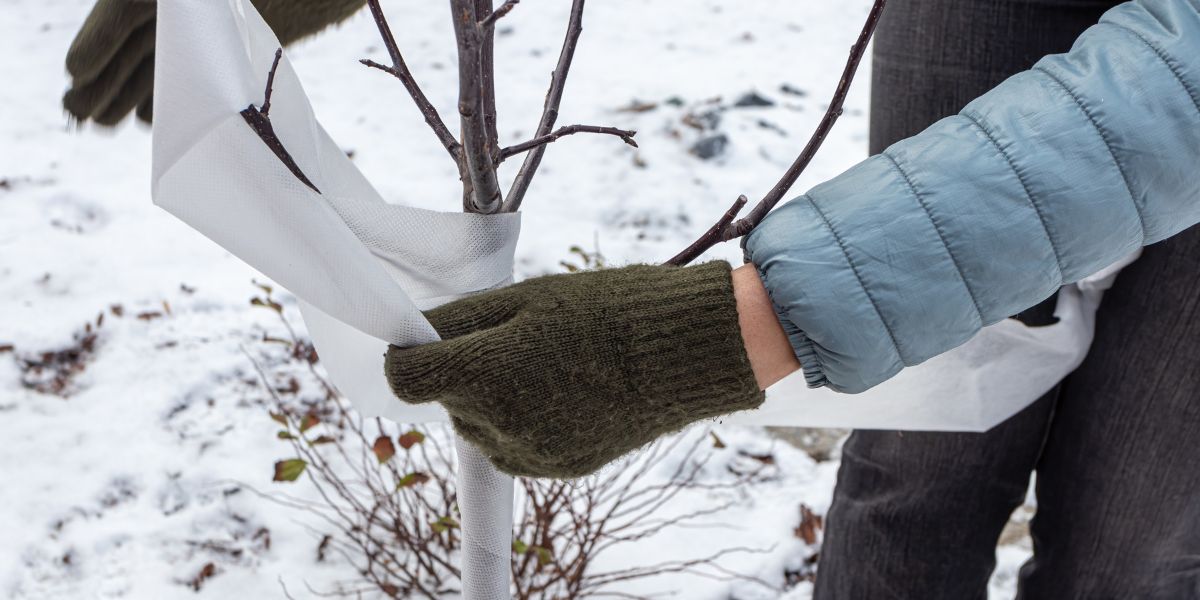
Young trees may require extra care in winter.
Why Summer and Winter Aren’t Recommended for Planting New Trees
Summer and winter plantings significantly reduce your chances of success. During summer, high temperatures and dry conditions put enormous stress on newly planted trees. The tree must work overtime to maintain existing leaves and branches while also trying to grow new roots, often leading to failure.
When you take a nursery tree that has been cared for and shielded from harsh conditions, then suddenly plant it in full sun in your yard during an Ohio summer, it will likely experience extreme shock and stress. Yes, some trees can survive this, but you’re starting them off on the wrong foot.
And winter plantings face their own set of problems, like:
- Frozen ground makes proper planting difficult or impossible
- Roots cannot grow in frozen soil
- Winter winds can dry out trees before roots establish
- Cold temperatures can damage newly disturbed root systems
- Proper soil preparation becomes challenging
- Frigid winter winds can dry out trees before roots establish, especially evergreens
If you absolutely must plant during these seasons, expect to provide significantly more care and attention to help your tree survive. You’ll likely need to water more frequently in summer and provide extra protection from harsh conditions in winter. And when the storm and tornado season shows up, do your best to protect those fledgling trees.
FAQs About Tree Planting in Cincinnati
How long should I water my newly planted tree?
It depends on the size and age of the tree. Younger trees establish faster, requiring regular waterings for only a few months. When transplanting larger trees, you can expect to water it for 1-2 years.
In either case, water deeply for the first growing season, typically providing 1 to 1.5 inches of water per week. In prolonged dry spells or extreme heat, increase watering frequency while maintaining the same total amount.
What trees grow best in Cincinnati’s climate?
Many native trees thrive in Cincinnati, adapting well to our clay soils and temperature swings. Oak, maple, redbud, dogwood, and serviceberry all perform well in our area. The best choice for your property depends on your yard’s conditions and your landscape goals. Consider visiting a native tree nursery and ask for recommendations.
Should I fertilize my tree when I plant it?
No, avoid fertilizing newly planted trees. This can damage tender roots and force top growth before the root system can support it. Wait until the second growing season before considering any fertilizer applications.
How deep should I plant my new tree?
Plant so the root flare (where the trunk widens at the base) sits slightly above ground level. Planting too deeply leads to root problems and stem decay, while planting too high exposes roots to damage.
What type of mulch should I use around my new tree?
Use organic mulch such as shredded hardwood bark, wood chips, or pine straw. Apply a 2-to-3-inch layer in a circle around the tree, keeping mulch away from the trunk to prevent rot and disease issues.
Lefke Tree Experts Can Help Your Newly Planted Trees Thrive
The right timing combined with proper planting techniques gives your new tree the greatest chance of thriving in Cincinnati’s unique climate. Whether choosing to plant in fall or early spring, taking the time to do it right pays dividends for decades to come.
As your tree matures, proper pruning helps shape its structure, strengthen its limbs, and prevent future problems. At Lefke Tree, we specialize in expert pruning to keep your young trees on the right track. And if you need to remove an old tree or grind a stump before starting your landscaping project, we’ve got you covered.
Call us at 513-325-1783 or fill out our online form to request an estimate today.

